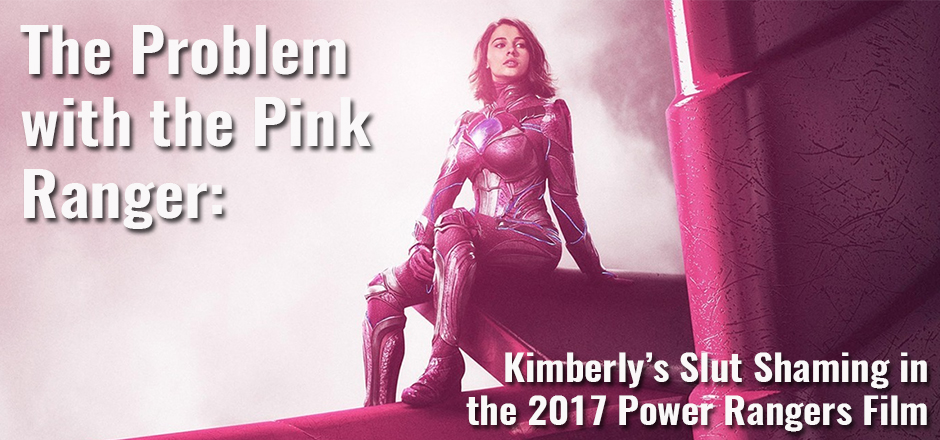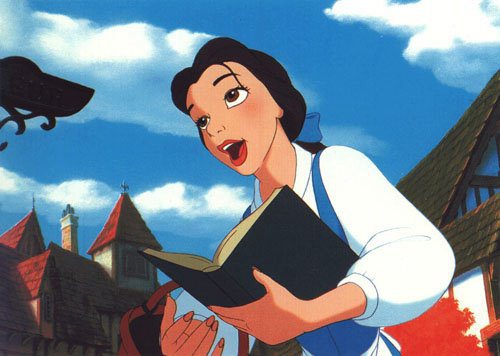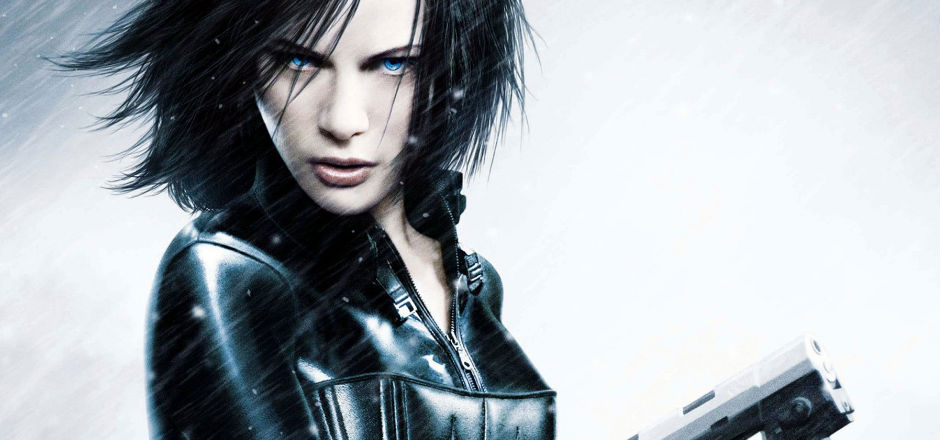Initially, it was difficult to muster much excitement for a modern film reboot of Mighty Morphin’ Power Rangers, not only due to the nostalgia-fueled attachment most of my generation has for the original series, but also because we are not entirely unaware of the source material’s many shortcomings.
However, it was very encouraging to see the production’s investment in giving the film a soul through a diverse and seemingly complex set of main characters who were meant to embody some of the issues teens and young adults struggle with today in an unexpectedly wide array of racial, sexual, and social circumstances.
It was to be expected that the film would not actually delve deeply into any of these issues, as, ultimately, its focus was more giant robot fighting, less complex character development. But after watching the film, there was a carelessness with how some of these issues were handled that bothered me profoundly, especially the circumstances around Kimberly’s character.
Before its release, the film collected endless praise for featuring a leading character with autism, and yet, his behavior in the movie was played as quirky and often used as comic relief. The LGBTQ character was touted  during promotion for the film, and yet the movie goes out of its way to not overtly recognize the character as LGBTQ.
during promotion for the film, and yet the movie goes out of its way to not overtly recognize the character as LGBTQ.
There was nothing I would call truly offensive about the representation the film prided itself in, but its shallowness was disappointing because it felt like these diverse characters were merely props. This is particularly ironic because Trini, Zach and Billy remain, by far, the most interesting and three dimensional characters in the entire film, whereas Jason and Kimberly cruised by on generic and unexplored personalities most likely due to being the leading white characters that we are expected to automatically relate to and care for.
To be fair, the film made a commendable effort in attempting to use characterization to highlight real issues that teenagers and young adults struggle with. Kimberly, in particular, was chosen to convey a message about the power of technology and social media and how it can be abused. This is a very pressing modern issue, but it was handled in such an appallingly careless manner in the film that it ultimately soured the entire experience for me.
Almost every interaction we see Kimberly engage in outside of the Rangers features two cookie-cutter mean girls – all stylish clothes, long blond manes, and sassy attitudes – mistreating her and leaving her isolated and sad. The film reinforces the victim/bully trope constantly, placing Kimberly as the misunderstood and mistreated outsider who fell from popular heaven. Just before the climax of the movie, Kimberly reveals what led to this situation.
This could’ve been a fantastic chance to completely upend the “not like other girls” saintly Mary Sue persona that usually controls the narrative of heroines in fiction. This could’ve been an excellent opportunity to bring the viewer’s attention to a realistically flawed and complex girl who could emotionally grow into a heroine once she’d learn from her mistake and made amends to others. This was a perfect platform to highlight how terrible Kimberly’s actions were, not because of the trouble they brought upon herself, but because of the harm she thoughtlessly and selfishly caused on someone else.
[blocktext align=”left”]This was a perfect platform to highlight how terrible Kimberly’s actions were, not because of the trouble they brought upon herself, but because of the harm she thoughtlessly and selfishly caused on someone else.[/blocktext]Instead, the fact that Kimberly sent another girl’s nude picture to a guy she liked so he would stop liking the other girl is made all about herself. Not once during her confession and follow-up conversation with Jason is the effect these actions had on the other girl acknowledged. Kimberly’s entire redemption arc was wholly centered on her and how this made her feel like a bad person. The film presents her as the victim of her very own actions so that Jason can reassure her that she’s still a great human being – right after she shows him the private picture she sent another guy with the insanely misogynistic line “is this really the girl you’d like your mother to meet?”
Revenge porn and slut-shaming have very real and horrifying consequences that an upsettingly high number of women are forced to deal with on a daily basis. Kimberly’s guilt martyrized her, whereas the real victim of her actions is positioned as a thoughtless bully, given bitchy one-liners, and towards the end of the movie, becomes the object of poetic justice as her car is destroyed while a smug Kimberly readily quips “that’s what you get.” Kimberly only needed reassurance from a male outsider about her own status as a good person to dissuade her guilt, and the other girl was merely an obstacle to her because she was angry at Kimberly’s actions in a way that the film refuses to validate.
[blocktext align=”right”]Revenge porn and slut-shaming have very real and horrifying consequences that an upsettingly high number of women are forced to deal with on a daily basis[/blocktext]In their need to make this film relatable and modern, the writers included a plot line they had neither the required understanding and sympathy for nor the inclination to properly address. A greater deal is made out about Kimberly feeling guilty about how this situation reflected on her than about the fact that she engaged in a highly misogynistic, dangerous, and even criminal practice that harshly and unfairly punishes women. Though she did something horrible to someone else, that other person doesn’t figure into Kimberly’s feelings because she is only concerned with the consequences her actions had on how she viewed herself.
Kimberly’s internal struggle stemmed from the idea that she did something that might classify her as a bad person, not from the fact that she did something that had the potential to ruin a girl’s life. Kimberly is not interested in learning from her mistake, she doesn’t care about having been so inconsiderate to someone else, and she is not concerned with the magnitude of her actions on another person’s life. She is only concerned with how this makes her look to herself, and nowhere is it even suggested that her need to forgive herself is second to the responsibility of making amends to those she wronged or acknowledging that her actions affected someone else’s life.
Since the very beginning, Hollywood has dealt with female characterization by dividing girls and women in either of two camps: the good girl or the bad slut. When it comes to teen fiction, these damaging stereotypes have reinforced a culture of internalized misogyny and toxic sexism that places a girl’s worth in the complete suffocation of all sexual expression and encourages a system of in-fighting and competition among girls rooted in the need to prove oneself the good girl to the other girl’s bad slut.
In this movie, Kimberly appeared ready to tear through these stereotypes, as the flawed would-be heroine experiencing remorse over having betrayed a friend’s confidence and interfering with her romantic chances by way of destroying her reputation. It would’ve taken a single scene, only a few lines of dialogue, to crush the trope of the immaculate good girl, to veer away from the girl-on-girl hate, and to bring to light how insidious misogyny is amongst teens.
And yet the damage this behavior had on another girl is not acknowledged, the nature of this act as misogynistic slut-shaming encouraged by a patriarchal society that pits women against each other is not even remotely addressed, and the fact that Kimberly’s redemption should’ve come from the fellow girl she wronged and not from boy completely removed from the situation didn’t even seem to register in the writers’ mind.
Instead, Kimberly forgives herself through Jason’s reassurance that she is, in fact, a good person, therefore diminishing the magnitude of her actions, and the victim of Kimberly’s actions is still the bitchy girl that couldn’t get over the whole thing.
It’s not like I expected this film to be a pillar of feminism or a thoughtful examination of sexism, but to undertake this issue in this way was irresponsible, short-sighted, and ultimately belittles the repercussions that revenge porn and slut-shaming have on women. The complexity of this issue and the implications of including it in a movie addressed to teens seem to have eluded the writer’s minds. The care and sensitivity that such a topic demands were simply out of what both, this movie as a vehicle and the writers’ capabilities, were able and willing to grant. This plot line should’ve never been included in this film if their intention was to brush over its implications and use it as a platform upon which to sacrifice yet another female character for the sake of a “good girl” heroine.
In the end, what was meant to be a trip down nostalgia lane ended up becoming a reminder of how carelessly Hollywood still handles issues that affect women and how much female character development still hinges on tearing other women down for the vindication of a guy’s acceptance.






